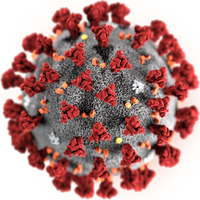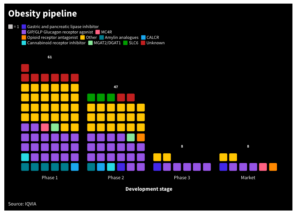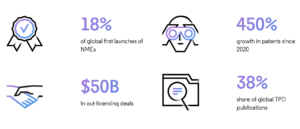
Team identifies factors for COVID-19 vaccine protection
A comparison of immune correlates of AstraZeneca's Phase II/III COVID-19 vaccine trial shows what antibodiy titer is required to prevent symptomatic disease.
Researchers from Italy, Sweden, the UK and the US led by the Oxford COVID Vaccine Trial Group analysed data from a randomized ePhase II/III study of AstraZeneca’s ChAdOx1 nCoV-19 (AZD1222) vaccine in the UK to determine the antibody levels associated with protection against SARS-CoV-2-induced hospitalization, severe disease, and death.
Higher levels of binding and neutralizing antibodies at 28 days after the second dose were correlated in infected and noninfected vaccine recipientswith a reduced risk of symptomatic infection. A vaccine efficacy of 80% against symptomatic infection with the Alpha (B.1.1.7) variant of SARS-CoV-2 that was dominant at the time the trial was conducted, was achieved with 264 binding antibody units (BAU)/ml and 506 computed BAU/ml for anti-spike and anti-RBD antibodies, and 26 international unit (IU)/ml and 247 normalized neutralization titers for pseudovirus and live-virus neutralization, respectively.
These data can be used to bridge to new populations using validated assays, and allow extrapolation of efficacy estimates to new COVID-19 vaccines. The question is now how the data can be correlated with the other 19 vaccines recommended for use by the World Health Organization (WHO) as of July 2021. Fresh data available from Israel and India suggest that efficacy of mRNA and vector-based vaccines against the currently dominant Delta variant have been reduced from initially 95% to 65% (Israel). They suggest that protection against symptomic disease would last at least for four to six months with a single shot, but that booster vaccinations might be needed for vulnerable patients in the future.


 IQVIA
IQVIA White House
White House Clarivate
Clarivate